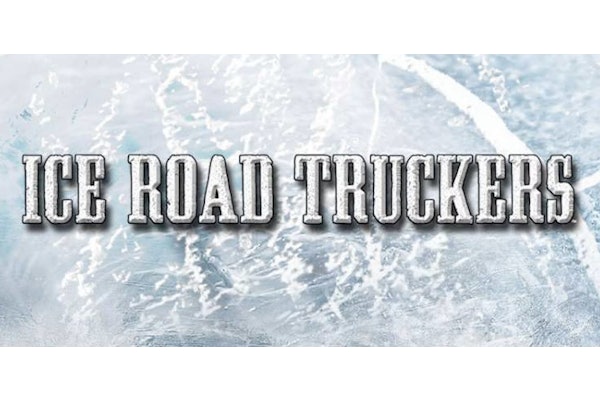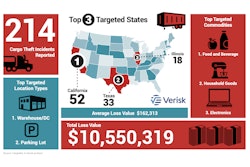
A new report says third-party logistics companies are "under siege" because of fraud committed by cargo thieves, and claims the federal government and law enforcement are not doing enough to address the problem.
The Transportation Intermediaries Association (TIA) - which represents transportation intermediaries of all disciplines doing business in domestic and international commerce – released its State of Fraud in the Industry Report today revealing the extent of the threat, the financial impact on businesses and the steps the industry must take to protect itself from fraud schemes.
This report provides an examination of the current state of fraud in the industry. It also details the most common types of fraud, the regions and commodities most affected, and the strategies companies are employing to mitigate these risks, according to statement from TIA.
The report says there was a 600% increase in cargo theft between November 2022 and March 2023.
"We are an industry under siege right now and we are not getting the support from government and law enforcement authorities to help us combat this scourge on the supply chain," said Anne Reinke, president & CEO of TIA. "When people think of fraud in the supply chain, they only see what is happening to a business, they are not seeing the trickle-down effect to consumers and economy. Fraud is a multimillion-dollar problem that needs to be addressed today."
Based on a survey of 200 TIA members, the report highlights the most prevalent fraud types, the financial impact on businesses and the widespread nature of these incidents.
Key Findings:
- Primary Target of Fraud: Truckload freight is overwhelmingly the primary target of fraud, with 98% of respondents identifying it as the most vulnerable mode. This is a crucial insight, as it highlights where companies should focus their preventive efforts, said the association.
- Multiple Fraud Types: Eight types of fraud were highlighted in the survey: spoofing, unlawful brokerage scams, fictitious pickups, phishing, identity theft, email/virus, inbound phone calls and text messages. This report said diversity in fraud experiences underscores the complexity of the challenges faced by the industry.
- Impact on Businesses: The average gross cost of fraud reported by respondents was $402,344.47, with an approximate per-load cost of $40,760.17. The rise in fraud is not just a financial burden — it also increases the cost of goods, affecting the entire supply chain and ultimately impacting consumers, the report found.
- Fraud Prevention Efforts: Nearly 1 in 5 respondents indicated that they spend an entire day each quarter on fraud prevention, while 16% reported spending more than 4 hours a day, and 34% said they dedicate more than 2 hours a day to these efforts. Even those who spend less than 2 hours a day on fraud prevention make up a significant portion, with 30% of respondents indicating this level of commitment. This time investment in monitoring, verifying, and responding to fraudulent activities diverts attention from other essential business operations, affecting overall productivity and increasing operational costs.
- High-Risk Areas: Specific states, particularly California, Texas, Illinois, Georgia and Florida, are identified as having the highest incidents of theft. These areas are key logistics and transport hubs, making them prime targets for criminals.
- Targeted Commodities: The most commonly stolen goods are electronics, solar panels and household goods, which are targeted due to their high value and ease of resale.








